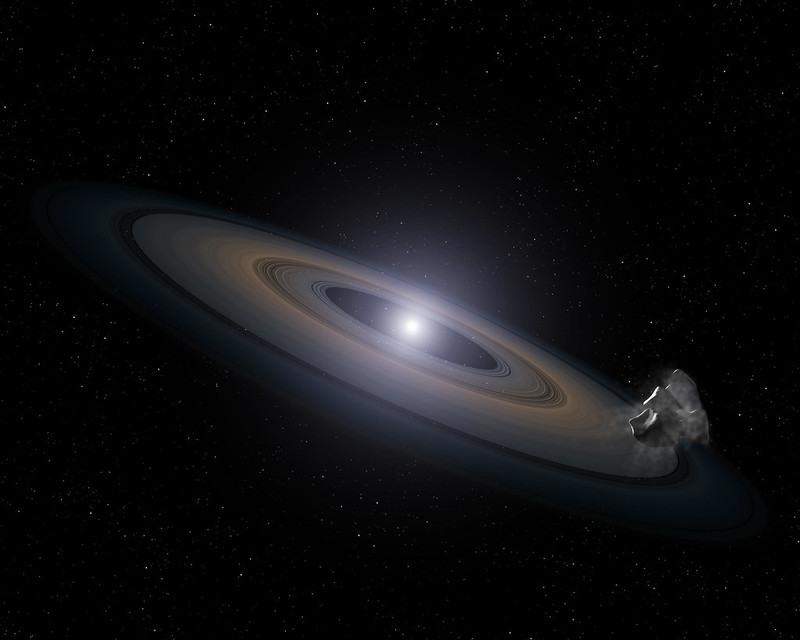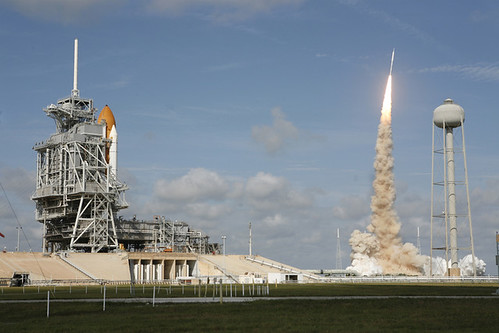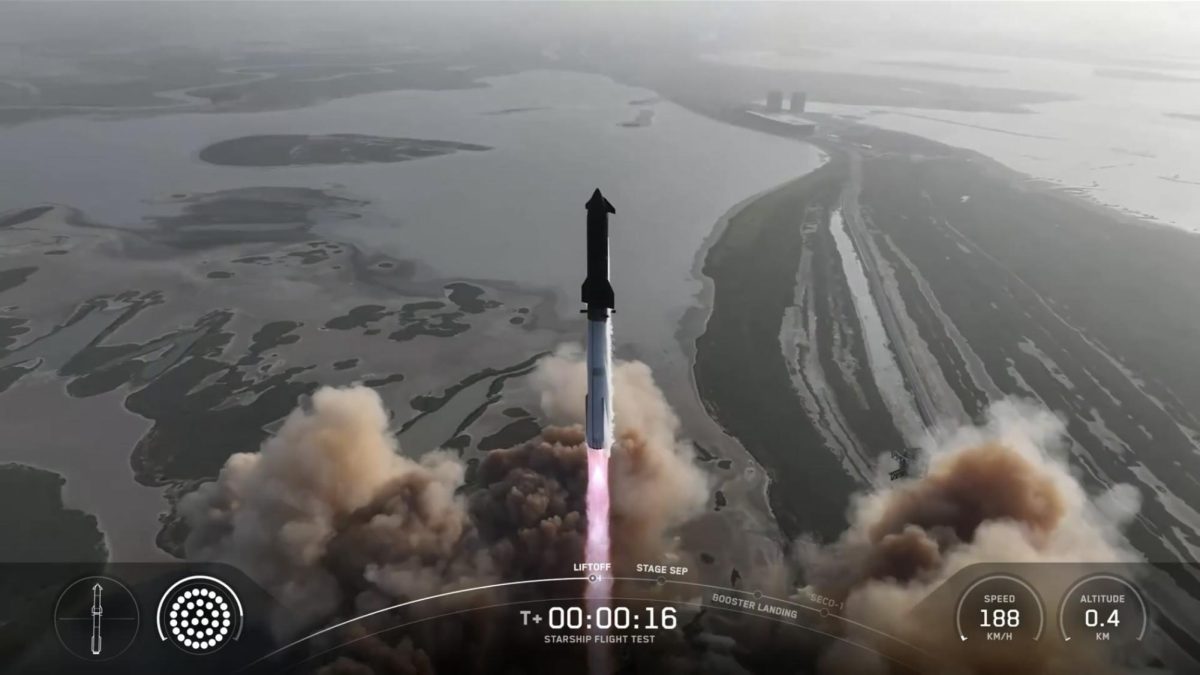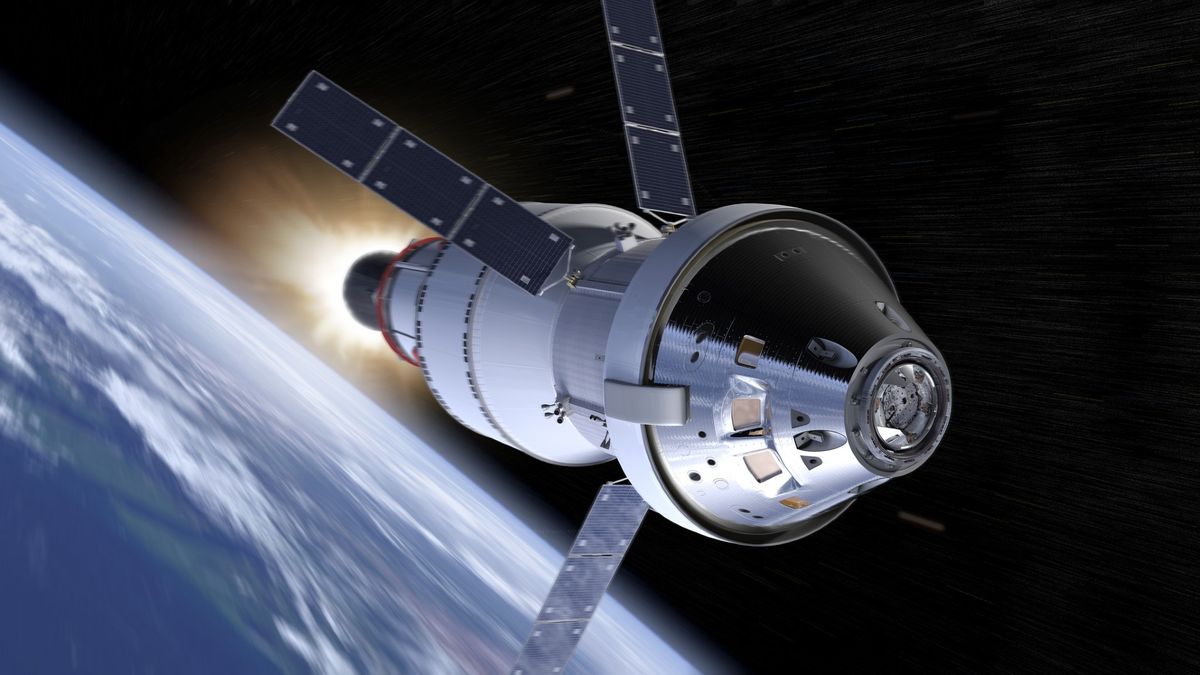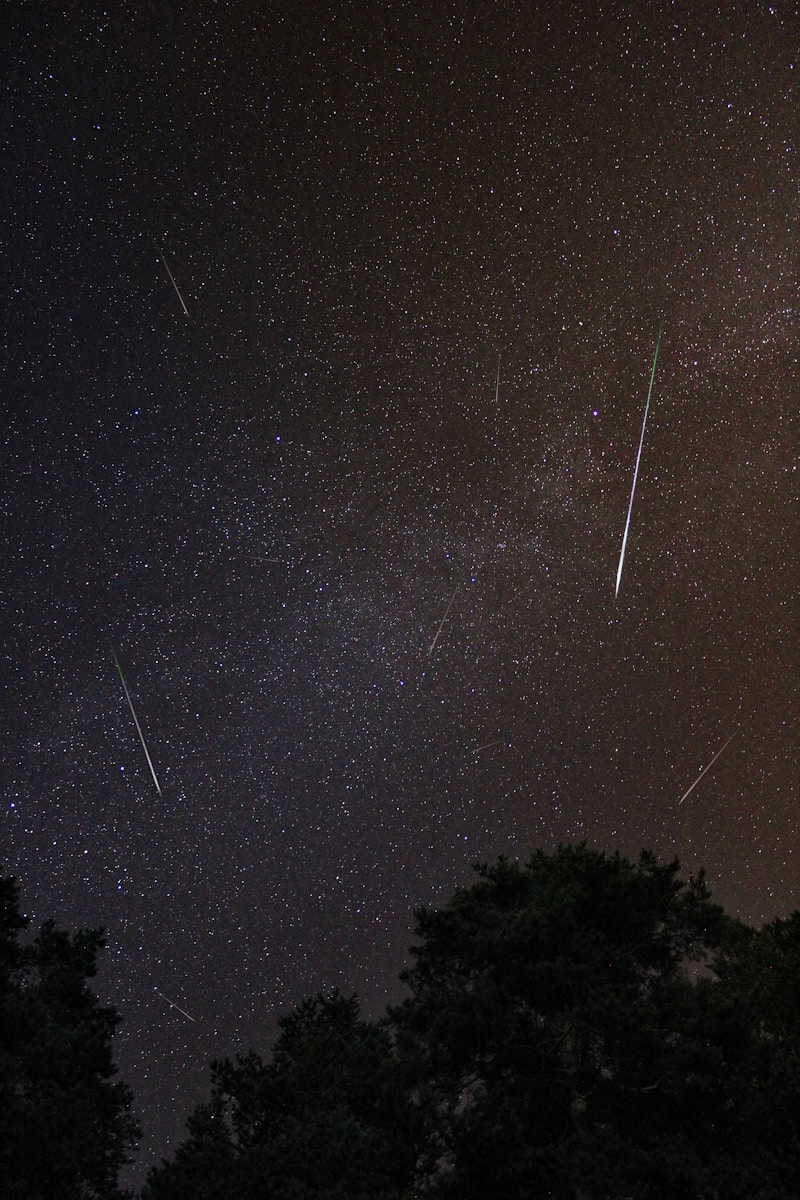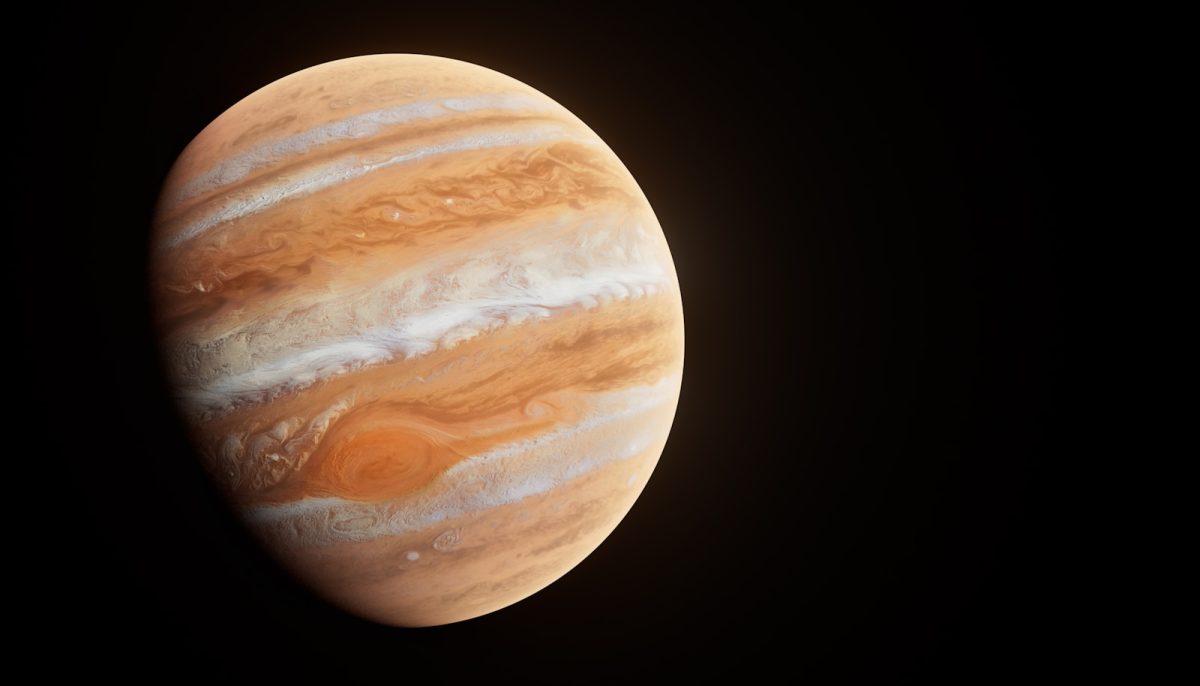Is there life beyond Earth? Our world goes on and on forever, so anything can happen at any time. There have been over 7000 exoplanets which have been discovered ever since the discovery of planets orbiting a star. In the Milky Way Galaxy alone, there could be 20 billion other planets. Therefore, the creation of life is bound to have happened more than once, but there is still no evidence supporting this claim. However, this may change in the next two decades with the launch of a powerful telescope called the Habitable Worlds Observatory (HWO).
The HWO will be a large ultraviolet, optical, infrared space telescope, specifically designed to search for and potentially identify habitable planets. It has been built upon multiple studies and missions, including the Large Ultraviolet Optical Infrared Surveyor and Habitable Exoplanets Observatory. Its main objective is to directly image at least 25 exoplanets that circle around other stars. However, it also has other purposes including studying what drives galaxy growth as well as tracing elements and molecules. Additionally, it will be able to detect Earth-like moons or ring systems of extrasolar planets.
The exact design has still not been confirmed, but there are some basic requirements already in place. The mirror size will be about the size of the James Webb Space Telescope, around 21 feet, and positioned at a similar location in space, 1.5 million kilometers from earth. Like the original Hubble telescope, HWO can be traveled to for repair and upgrades. Another similarity to the Hubble telescope is that a special instrument will be used, called a coronagraph. They act like a filter, blocking out the overwhelming light of the central star. This allows the faint light reflected by orbiting planets to become visible, similar to the effect of a solar eclipse. For exoplanet studies, this is the most important instrument.
The HWO will most likely not launch until the early 2040s. It will be carried to space by a powerful rocket such as SpaceX’s Starship or Blue Origin’s New Glenn to be placed somewhere around 1.5 million kilometers away from Earth.
The Habitable Worlds Observatory offers a powerful new tool in this search with many new features, being able to search for signs of water and oxygen. The question “Are we alone”, may not remain unanswered for long if this technology is created.
Related Stories:
https://www.skyatnightmagazine.com/space-missions/habitable-worlds-observatory
https://science.nasa.gov/astrophysics/programs/habitable-worlds-observatory/
https://habitableworldsobservatory.org/home
https://science.jpl.nasa.gov/projects/hwo/
https://www.planetary.org/articles/meet-habitable-worlds-observatory
Take Action
